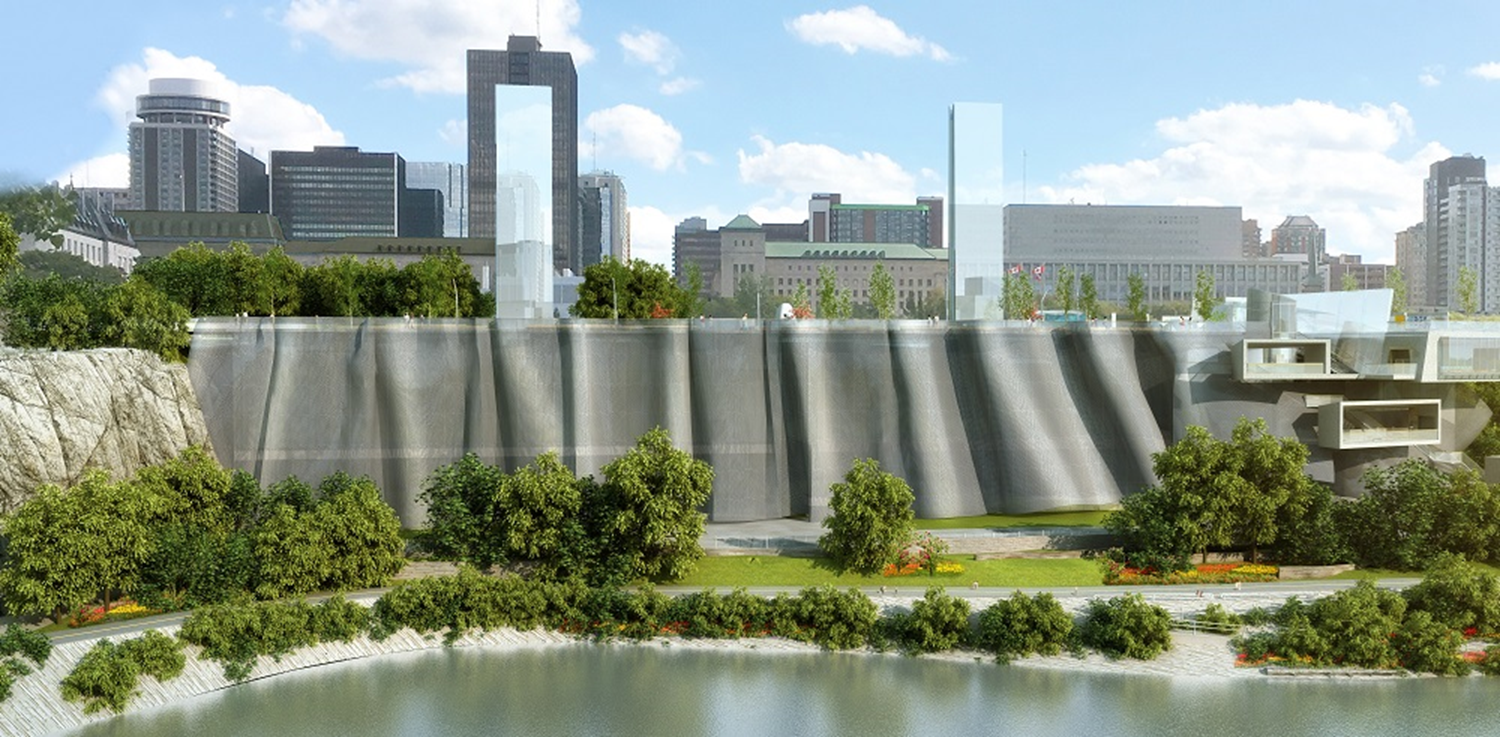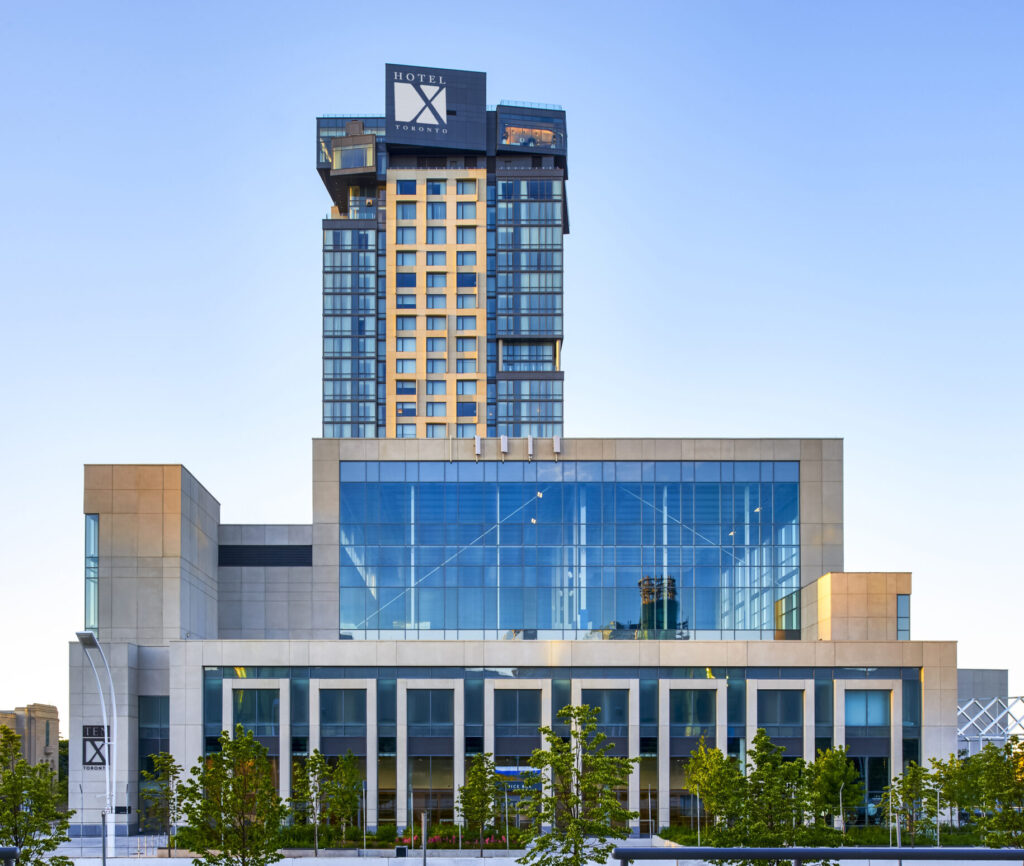
District Energy
What is District Energy?
District Energy Systems (DES) centralize the production of thermal energy within a district or community. This energy is circulated through a distribution piping system (DPS) and utilized by the surrounding buildings via an energy transfer station (ETS). Buildings connected to a DES have no self-generating equipment such as boilers, chillers or cooling towers. All of their heating, cooling and potable hot water energy is provided by the DES.
Renewable Energy at Scale
At FVB, we like to say “District Energy is a bridge to renewables”; having a thermal grid in a community can help facilitate the implementation of renewable energy sources that would be technically challenging and/or cost prohibitive to implement at the individual building level. The aggregate heating and cooling demands of multiple buildings with different use profiles creates a smoother and more predictable load duration curve to baseload with the renewable energy, allowing appropriate sizing of the technology and optimizing run hours to lower both operational costs and greenhouse gas emissions.
Image credit: Engie
Higher Efficiencies
DES heat and cool buildings using less energy than conventional building systems. The energy savings come from higher overall efficiency, utilization of waste heat, and taking advantage of renewable energy (such as biomass or solar thermal). These higher efficiencies will be maintained through the life of the system due to the stringent operation and maintenance programs and on-site, dedicated operators that are monitoring the DES.


Better Buildings
For a building owner or operator, eliminating complicated heating and cooling equipment helps save on upfront capital costs, on-going operation and maintenance costs, allows for more usable/saleable area, and makes the building easier to operate and manage in the future. In addition, by connecting to a DES, the building is seen as committing to environmental sustainability.
Image: Hotel X in Toronto, ON, Canada connected to the FVB designed Exhibition Place DES

Energy Resiliency and Fuel Security
Buildings rely on their heating, cooling and domestic hot water systems and they are even considered essential services in certain geographical areas. Through the centralized production of energy for these systems, combined with professional operators, DESs tend to have more backup energy generation equipment than stand-alone buildings. This can include thermal and electrical energy when considering combined heat and power systems. Communities can further benefit from improved fuel security through advanced fuel procurement programs and fuel storage systems that are only feasible at a community scale. This helps add to the resiliency of these systems and allows for the utilization of local energy sources to keep valuable energy dollars inside the community.
